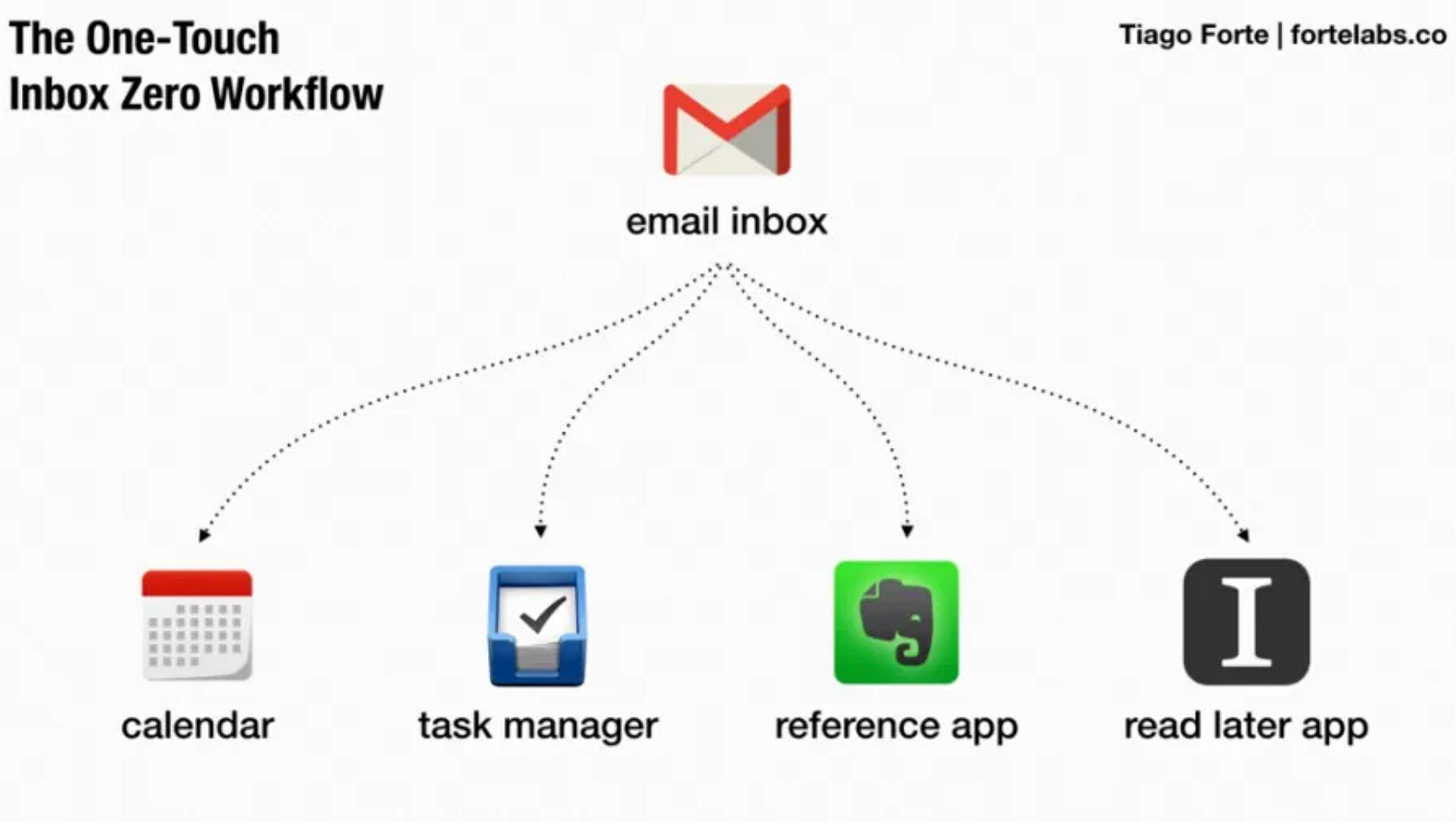How to stay focused during a long work day and keep that focus for the entire week.
What can you do to avoid the "afternoon slump" after lunch? And what I use to know exactly what to work on at the start of each workday.
1. Avoid carbs for lunch
Eating fast carbs will spike your blood sugar and make you really tired after 1-2 hours of eating. Therefore, try to avoid any kind of white carb for lunch, if you don’t want to fall into the “afternoon slump.”
Living in Singapore does not make it easier. 80% of the food here is served with either rice or noodles. On top of that, you usually get some deep-fried chicken or something similar. Anything with rice, noodles, or wheat will make you tired. I experienced that quite a bit during the first 2 weeks. It gets annoying because you need to force yourself to stay awake beteween 2-4 pm.
So what can you eat instead? Either cut carbs completely by having a salad, soup, or some lean meat with veggies. I know that this is hard and you often won’t be full after that.
But there is good news! You can have foods containing carbs. Lentils, Black beans, Chickpeas (hummus), Kidney beans, Pinto beans, Red beans, and Soybeans are slow-carb foods. They have a low glycemic index, thus will cause a lower spike in blood sugar levels, thus making you stay focused and awake in the afternoon hours.
You might think that there are no slow-carb food options for lunch. But just have a look at the link from above and find some inspiration for what you might cook to boost your energy in the afternoons.
I usually try to either go for the lean meat and veggie option, or some salad with egg, hummus, and low-carb sauce.
2. Have a clear end-of-the-day routine
In last week’s article, I mentioned that you should have a fixed time by which you end work. Here is the link in case you want to take a look again. On top of that, you also need to have a clear end-of-the-day routine. My routine is inspired by Thiago Forte’s “Building A Second Brain System.”
Step 1: Collecting without judging.
It starts by having a dedicated place for organizing tasks, scheduling events (calendar), storing references, and place to store “reading later” input.
At the end of each day, you sit down and go through your inboxes (email 1, email 2, messengers, social media, …) and sort everything into the respective system. Any event that you got invited to, is placed on the calendar. Any email you have to reply to or tasks that has to be done gets placed into the task manager. Anything that you might want to share with friends or colleagues later, gets placed into the reference app. And everything that you want to read sometime in the future you place into the read-later app.
This whole process should not take you longer than 10 minutes.
Step 2: Organize your tasks
Now, you can get really fancy about planning, but I try to keep it simple and fast.
Your task manager should now contain a list of tasks that are unsorted and have no other detail than the task name.
Assign the task an area. Classify it either as a personal or work task
Assign the task to the corresponding project. If the task does not belong to a project that you are currently working on, really think again, if you should do it! Usually, every task that you need to do has to have a project
Schedule the single most important task for tomorrow. This will help you to get started. Ask yourself “What is the most important task related to project xy that I can get done tomorrow, to get closer to finishing the project.”
This step should also not take you more than 5-10 minutes. In total this planning might take you 15-20 minutes, but I will make starting your next day so much easier.
There is one more thing I like to write down at the end of the day:
3. Write down your learnings of the day
In your notebook or journal, write down two or three sentences for the two questions:
Something I learned today.
What was the thing that made today different than every other? How did I change today?
This will a huge difference in what you take home at the end of your internship. If you do that from day one, you will have a collection of learnings and stories to use in the future. Realizing this made me start this newsletter. You don’t have to share what you learn, but sharing might help you to stick with it.
Awesome! Thanks for taking the time to read this week’s article. I hope you can apply the learnings from today in your life and I wish you all the best in doing so.
Leave a comment below, in case you want to share some of your tips on staying focused in the afternoon or what your evening routine looks like.
If you found any value in today’s article, I would highly appreciate it if you share it with your friends:




